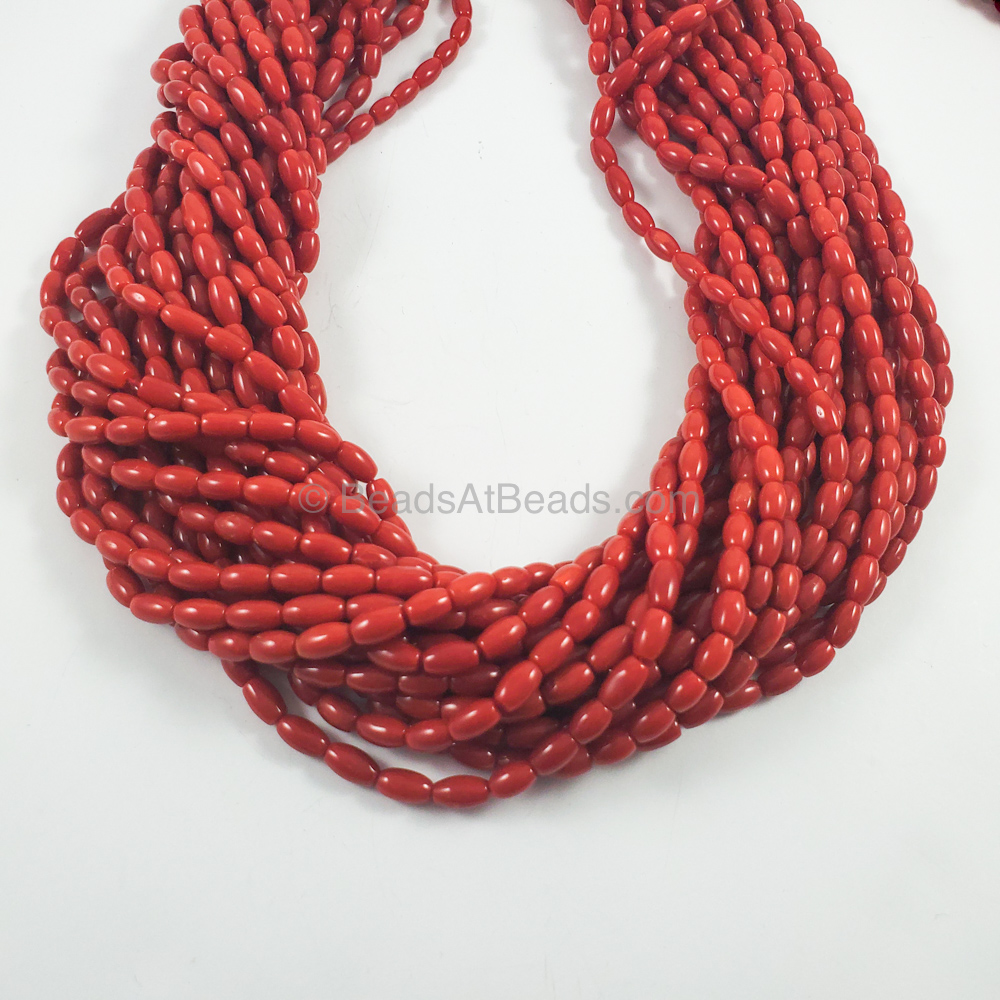Beads Jewelry
5 Ways To Tell If Gemstone Beads Are Genuine
With so many gems and stones out in the market, it sure is a challenge to judge which ones are really authentic. And if you’re starting to make your beaded jewellery, you must definitely assure that the beads you’re using are 100% genuine. Using bad quality beads can make the final piece look cheap or may make it last for a very short period of time. And both of these can be a bad look on your or your brand’s reputation. So we’re here to help you tell the real ones from fakes.
Here are 5 ways you can confirm the quality of the precious beads and semi-precious beads you’re using:
Check The Grades
Each precious and semi-precious stone has a grade assigned to it. Just like Gold, you can also determine the quality of these stones by knowing their grade. For precious stones, the grades are:
Grade A: Best quality cuts, highest transparency, the best hues and least number of inclusions
Grade B: Good quality of cuts and colours, has less transparency, some inclusions present but not visible to the naked eye
Grade C: Moderate quality of cuts, is translucent, has inclusions that may or may not be visible to the naked eye
Grade D: Low quality of cuts, is opaque and inclusions are visible to the naked eye under the light.
For semi-precious stones though, there is no standardized grading system. Each seller may have their own way of grading the authenticity of these stones. Read on to know about other ways you can test their quality.
Use a Jeweller’s Loupe
A jeweller’s loupe helps you to view the stone with an illuminated magnifying glass. This will help you identify any blemishes, scratches and inclusions inside the stone. Typically, it is normal for stones to have some amount of inclusions. If the stone has zero inclusions visible under the loupe, chances are it’s just glass. Another thing that indicates that the stone is fake are scratches on the surface (since stones are hard and it is very difficult for them to scratch them).
Test the Colors
When you’re examining a stone or bead in person, with the naked eye, you need to focus on the colours, saturation and tone. In real stones, the colour will be consistent throughout. Although, before you walk out to examine the stones you must know what the actual colour of the stone you need,looks like. For example, if you’re examining a Ruby, you must know that its real colour is strong red and it comes in various hues of it. Look for the right hue, the intensity and how light or dark the colour is from the ideal Ruby and you’ll have an idea of its authenticity.
Gritty v/s Smooth
Most stones are naturally gritty, which means they have an uneven surface. When you’re examining a stone by yourself, you can check the surface in light to see its’ level of smoothness. If it is absolutely smooth, it is surely glass. If you can’t view it in the light, try rubbing the stone on your teeth. You will be able to feel the grittiness or smoothness on your teeth and the authenticity of the stone will be quite apparent.
Consult a Trusted Seller
If you’re still unsure of the quality of the beads, you should consult a trusted gemstone seller, manufacturer or vendor. Since these professionals have been dealing in the gemstone industry for years, they know the difference between real and fake stones very starkly. To make sure the seller is authentic and that you can trust them, ask for their certifications (from National Gem Society or other institutions).
Are you still confused about how to check the quality of the beads? Contact the experts, Beads at Beads to help you out! Get in touch with the professionals to help you figure out if the gems and stones are authentic or not. With 20 years of experience, these experts will be able to give you a very clear idea of the authenticity of beads and guide you on how to buy the next ones. Visit the store at 111 Fremont Hub Courtyard, Fremont, CA 94538.
You would also like to know How To Maintain The Shine of Your Beads Jewelry

